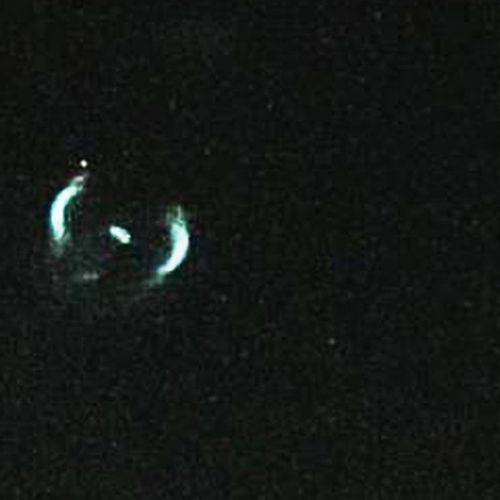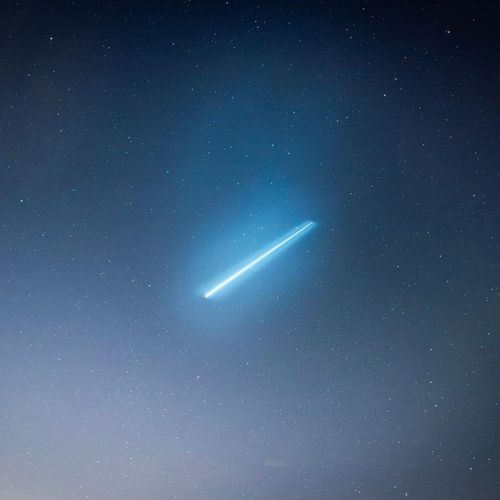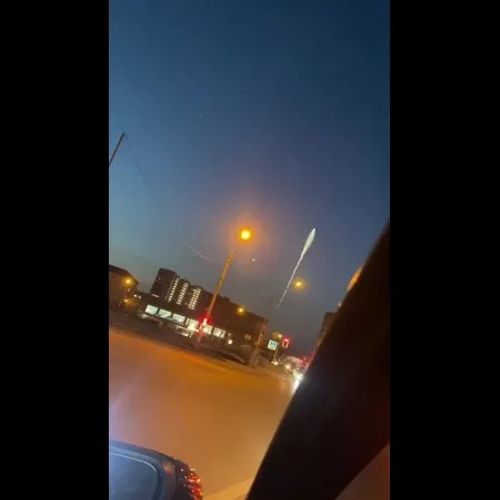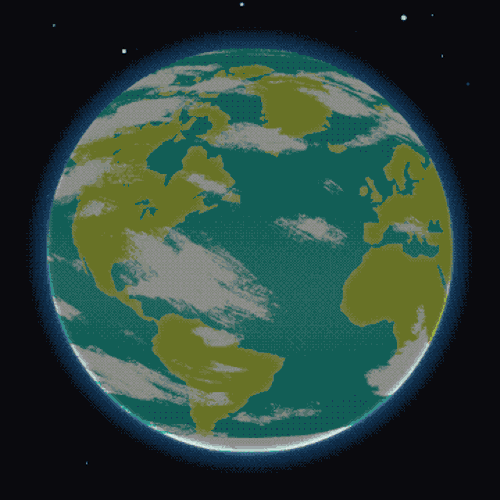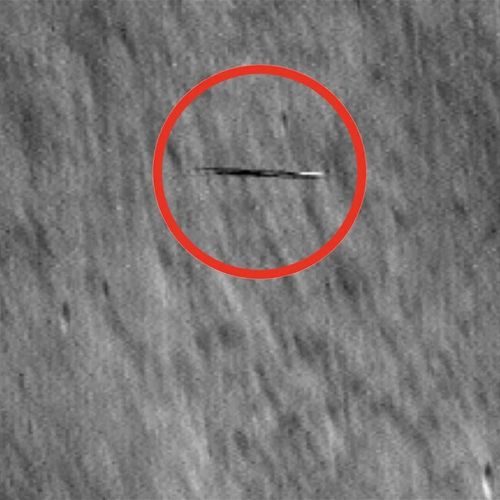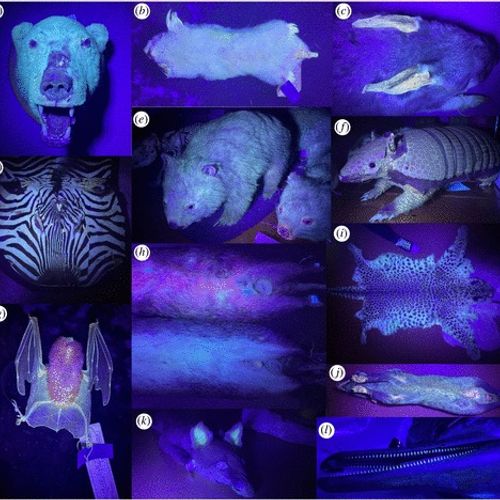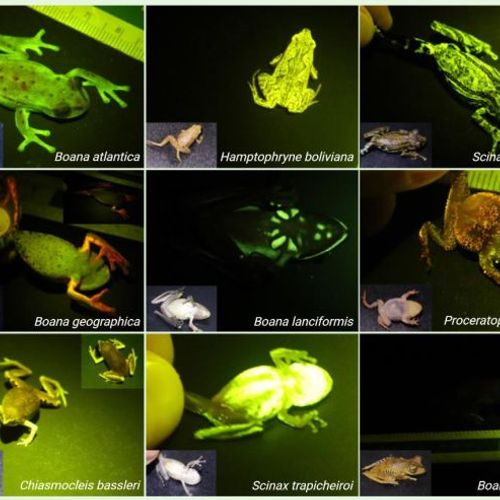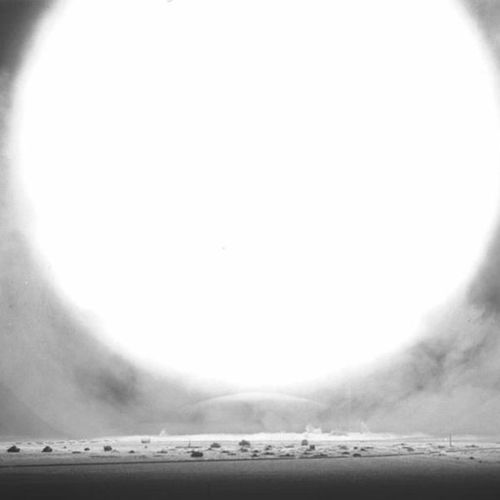
| Added | Thu, 29/10/2020 |
| Источники | |
| Дата публикации | Wed, 28/10/2020
|
| Версии |
The Drive continues to try to understand the "mysterious phenomenon of the Soviet "Dome of light". In 2019, the portal already published the memoirs of a US air force veteran, RC-135S Cobra Ball reconnaissance aircraft pilot Robert Hopkins, who encountered this phenomenon:
Actually, the Hopkins crew was assigned to watch this process. All by mutual agreement. The Americans were notified that the missile will be launched in the direction of the Kura test site.
The RC-135S Cobra Ball radio reconnaissance plane went to collect data. According to the pilot's recollections, there were no stars that night, and even the moon did not Shine. At first everything went according to plan, and then the oddities began.
"We noticed what looked like a semi-transparent milky-white wall moving over the USSR from left to right, towards the North Pacific ocean," says Robert Hopkins. It was moving very fast - much faster than the aircrafts-and it was coming towards us. The wall of light passed through our flight path and then continued East, leaving the night sky empty and dark."
After the pilots discussed what had happened, making sure that it was not a hallucination, and both saw the same thing.
Some time later, after going on a similar mission, the crew again encountered the "Dome of light". This was the name of the mysterious phenomenon.
Then the version was voiced that this is a super weapon that "blinded" American early warning satellites.
This time, the journalists received documents prepared in the 1980s By the Department of foreign technologies of the US air force (FTD). Previously, they were classified as "secret". As it turned out, the story of Robert Hopkins was not the only one. Here's what the "heavily redacted" document from 1986 says:
"Although reports differ, most observers describe this phenomenon as a small white sphere on the horizon that expands evenly to the sides and up, while maintaining a domed shape. At first it is opaque, but as it expands it becomes transparent, and stars can be seen through the center of the dome. As soon as it begins to fade, the outer boundary is more bright, arcing in the shape of a rainbow. It is reported that at full length it is extremely large and fills more than half of the sky. Approximate calculations indicate that its width is about 1,900 kilometers, and the center is located at an altitude of 1,000 km. Most of the "Domes of light" were visible for about 20 minutes, but there are reports that this lasted up to 100 minutes. In almost all cases, the "Dome light" was visible when observers were in the dark or at dusk."
Journalists note that it is not clear from the documents when the air force, or other units of the US armed forces, first encountered the "Dome of light"and how many cases were observed. However, unedited parts of the report describe a link between this phenomenon and the launches of the RSD-10 / SS-20 medium-range ballistic missile.
FTD analysts, scientists and engineers have struggled to determine exactly how they are connected. But the phenomenon did not occur every time this rocket was launched. On top of that, in some cases, the "light show" started before the launch.
"To date, there is no satisfactory explanation that does not contradict some of the reported observations," the 1986 FTD report explicitly States. Versions ranged from "the results of the release of unused rocket fuel" to the creation of "ion clouds" necessary to simulate the situation after a nuclear attack for the purpose of communication experiments."
The reports are also accompanied by a translation of the article "Stochastic mathematical model of a chemiluminescent artificial cloud in the upper atmosphere", which was published in the Soviet scientific journal in 1983. The author of the work - E. G. Scenics of the Obninsk branch of MEPhI. It refers to a computer model developed to predict the formation of "a spherical ethylene cloud at an altitude of 141 kilometers. By observing it, " it is possible to determine the concentrations of secondary components of the atmosphere."
However, the document notes that creating these clouds is difficult and requires considerable preparation. They can be formed by the release of a reagent at an altitude of more than 120 kilometers. Also, Scenics notes that the prototype of the "ethylene chemiluminescent clouds" were obtained experimentally". At the same time, the scientist makes a footnote to another report dated 1974.
"Unfortunately, it is not discussed any possible the purpose of the experiment ", - comment analysts of Sicenica article.
The Drive continues to consider one of the most convincing theories that the "Dome of light" is a countermeasure against American early warning or missile DEFENSE systems.
Although the 1987 INF Treaty between the US and the USSR resulted in the destruction of the RSD-10 / SS-20, the us military was clearly concerned that the Dome of light phenomenon would accompany the launches of other Soviet ballistic missiles. In 1990, FTD published a technical Memorandum entitled "SS-25 DOL Flights (abbreviation for "Dome of light")".
A copy of this report is heavily edited, but it appears to be about simulating the flight of the SS-25 Sickle ICBM, also known as the poplar, with the "Dome of light" effect. The document evaluated the performance of the SS-25 system for various scenarios.
Photo: George Yoshitake, Sgt. John Kelly / wikimedia.org
Новости со схожими версиями
Log in or register to post comments

